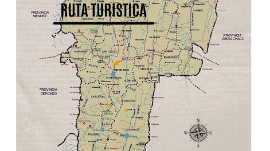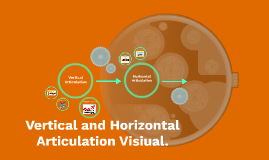Vertical
Transcript: Yes How it works? What is it? 10% Do you agree that our city needs vertical farms? 90% 10% 70% Only 40W electricity (equivalent to one light bulb) is needed to power one 9m tall tower. Plants grow without sun or soil in a fully-controlled indoor environment 20% http://aerofarms.com/technology/ http://wwf.panda.org/what_we_do/footprint/agriculture/impacts/water_use/ Ideal for vacant urban spaces Year round crop production Project goal Survey results Aeroponics is the process of growing plants in an air or mist environment without the use of soil or an aggregate medium Resilient to climate change Do you feel the lack of greens in winter? No To define what vertical farming is To show the examples of vertical farms Fresh greens can not be naturally grown in some regions Despommier Skyscraper Do people really need new ways of food production? Because of the growing population, it is necessary to develop new ways of providing people with food The agriculture sector consumes ≈70% of accessible freshwater 20% To explain the different technologies Vertical farms can solve many public and environmental problems Survey questions Limited Agricultural Runoff AeroFarms, Newark The technology is successfully applied https://en.wikipedia.org/wiki/Vertical_farming 80% Research subject: vertical farms 90% To prove that vertical farming should be popularized TASK LIST Current world population: ≈ 7.5 billion people Studied property: Higher yields and faster growth rates The conclusions ≈40% of the Earth's land is now given over to agriculture Creates new green jobs Delivers consistent, fresh and local produce Students think there should be vertical farm in our city Do you know what vertical farms are? 80% 10 Advantages of vertical farming Web resources Vertical farming is the practice of producing food in vertically stacked layers, such as in a skyscraper, used warehouse, or shipping container. compared to open field agriculture Relevance reasons Aeroponic system is a closed loop system, using 95% less water than field farming, 40% less than hydroponics, and zero pesticides. 30% What benefits can we get from vertical farms? Vertical farming is considered to be the future of agriculture environmental and public impact The world's natural resources such as fresh water, soil and land are limited Only 0.5 litres of water is required to rotate the 1.7 ton vertical structure. The water is contained in a enclosed underground reservoir system and is recycled and reused. http://news.nationalgeographic.com/news/2005/12/1209_051209_crops_map.html Pasona O2, Tokyo In the absence of natural sunlight or weather conditions, Pasona O2 relies on state-of-the-art technology to maintain optimal growing conditions. A variety of sun lamps provide customized lighting conditions while the air temperature is controlled by computer. In all, Pasona O2 raises around 100 regional crops. Do you think our school canteen should have more greens in its menu? № Sky Greens, Singapore Do you have greens in your diet? To analyze the impact Uses up to 98 % less water Hydroponics is a subset of hydroculture, the method of growing plants without soil, using mineral nutrient solutions in a water solvent Promotes restoration of damaged ecosystems Terms To make a survey among students .skygreens.com/technology/ Less food miles due to local production

















